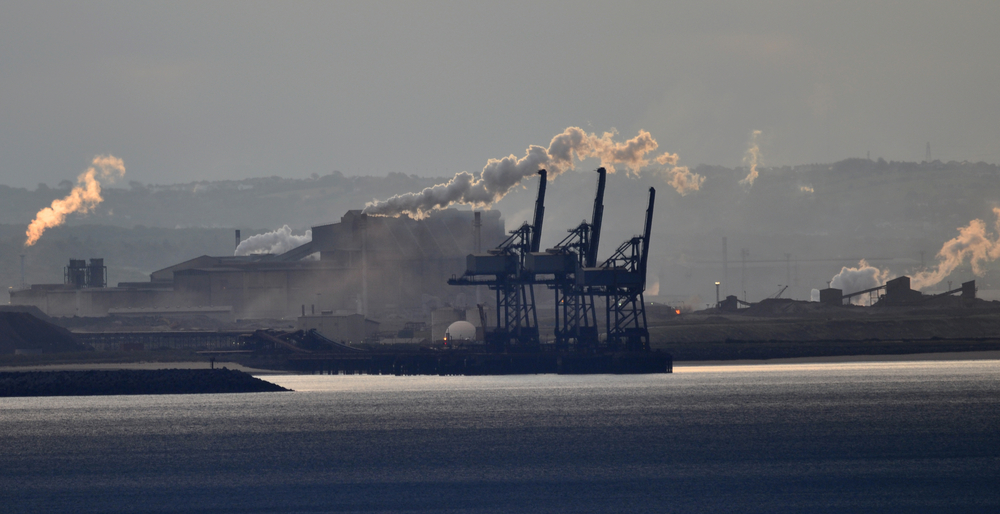UK cities shown to be exceeding WHO particulate limits
Levels of particulate matter air pollution exceed health limits in a number of UK towns and cities, figures published today by the World Health Organization (WHO) suggest.
The data, which suggests that as many as 7 million deaths globally every year, predominantly in low and middle income countries, can be linked to particulate pollution, has been presented in the latest update of the WHO’s ambient air quality database (see airqualitynews.com story).

Port Talbot has been identified as the area in the UK with the highest particulate air pollution levels
Latest figures in the report relating to the UK date from 2015 and are taken from readings from the Automatic Urban and Rural Network (AURN) of air pollution sensors.
WHO health recommendations call for countries to reduce their air pollution levels to annual mean values of 20 μg/m3 (for PM10) and 10 μg/m3 (for PM2.5).
*UPDATE: WHO has subsequently updated figures relating to Port Talbot PM2.5 levels – see updated story for correct data*
These are far below current limits set out in UK law, which were fixed under the EU’s Air Quality Directive, which sets a mandatory 25 μg/m3 PM2.5 target, alongside a 40 μg/m3 objective for PM10 both of which are currently met across the UK.
Threshold
According to WHO’s data — Port Talbot is the area in the UK with the highest levels of both PM2.5 and PM10 — which were recorded at an average level of 18 μg/m3 and 27 μg/m3 for the year respectively, exceeding London which recorded a PM2.5 level of 11 μg/m3 and 21 μg/m3 for PM10.
Particulate pollution is known to be high in the Port Talbot area due to a concentrated number of industrial activities — particularly steelworks — which have in the past led to pollution warnings having been issued for the region (see airqualitynews.com story).
Port Talbot and London areas were the only to exceeding WHO health thresholds for fine particles, but for PM10, regions including Carlisle, Leeds, Leicester, Leamington Spa, Stoke-On-Trent and York were all found to breach the 10 μg/m3 limit.

Responding to the figures, Simon Gillespie, chief executive of the British Heart Foundation, commented that the figures show that there is a ‘long way to go’ in the fight against air pollution in the UK.
He said: “These figures from the World Health Organisation (WHO) show that as a country we still have a long way to go in the fight against air pollution, with several UK cities exceeding the air quality standards needed to protect health.
“We know there is a strong link between poor air quality and heart health with almost six in ten global deaths (58%) related to outdoor air pollution caused by a heart attack or stroke. Our research has shown that air pollution, particularly from small particles in diesel fumes, increases the risk of these potentially deadly occurrences therefore it’s vital that the Government takes immediate action in order to tackle this urgent public health crisis,
“The UK government needs to show leadership by adopting WHO air quality guidelines into national legislation and in doing so, help to protect the nation’s heart and circulatory health.”
Responding to the findings, a spokesperson for the Department for Environment, Food and Rural Affairs, said: “While air quality in the UK has improved significantly since 2010, this report from the WHO clearly shows the impact air pollution is having on the health of men, women and children in the UK and across the world.
“Tackling this important issue is a priority for this government which is why we have a £3.5billion plan to improve air quality and reduce harmful emissions and will set out further actions through a comprehensive Clean Air Strategy later this year.”
Related Links
WHO: Air Pollution Database







 Network
Network